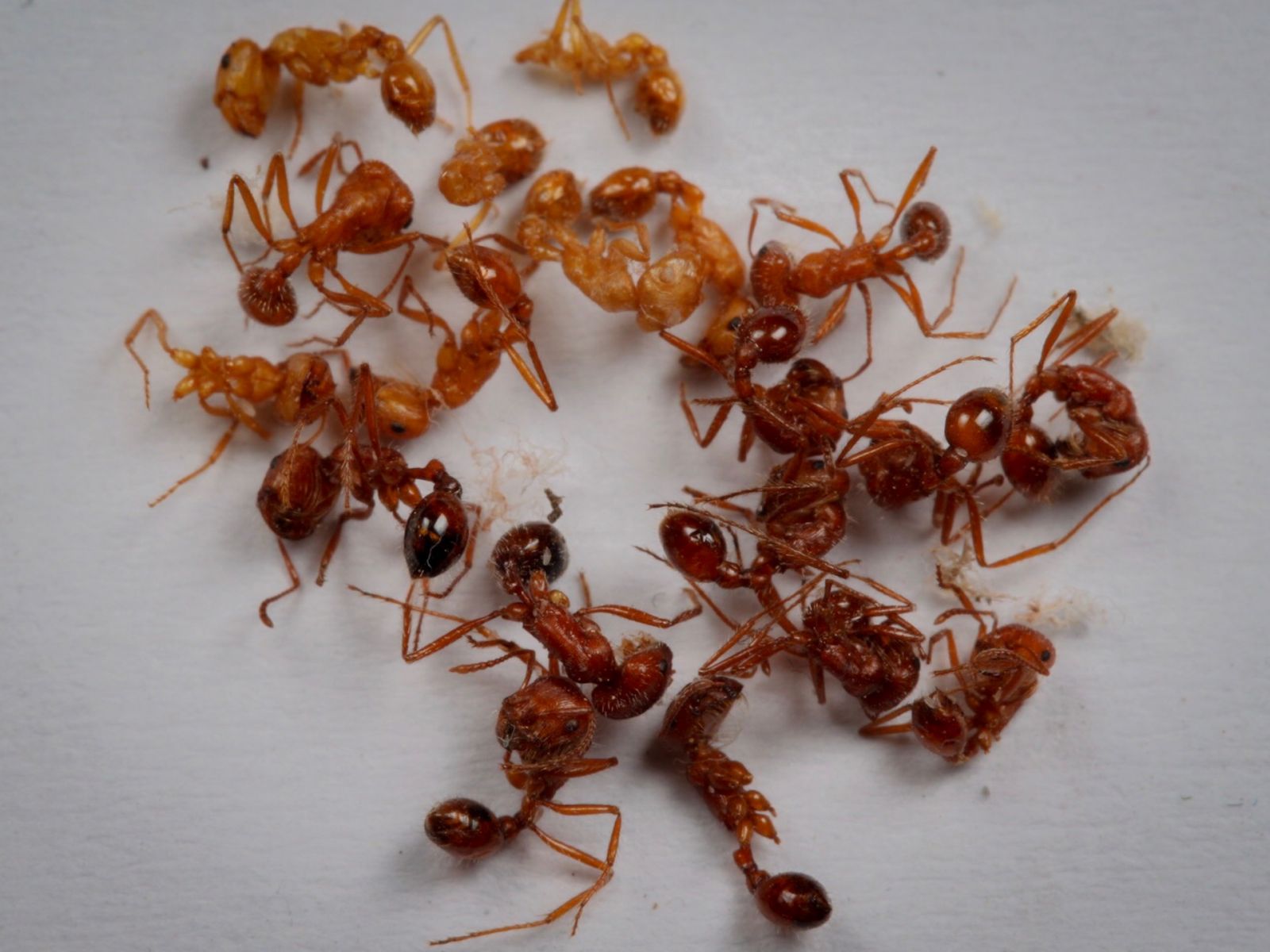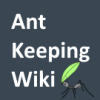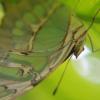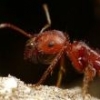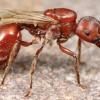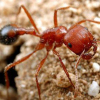What temperature are they being kept at? Have there been any changes in the humidity, environment, etc. since they started dying off?
Around 30C to 32C (86 to 90F). Humidity should be high around 70/80 has it is the normal air humidity. I also provide total for tubes, two with water reservoir and two dry ones. Them seem to keep all the brood in the moist one.
Their brood amount is clearly increasing because I am also feeding them insects almost daily (lateralis and dubia roaches, crickets, fruit flies). They always have water available. no sugar at the moment, though I have tried sunburst and they always go for it. Regarding seeds, their outworld has many types available but they don't care for any except sesame, which they collect, but don't seem to eat at all (as far as i can tell).
I am wondering if I should re-introduce some sugars? or cut down insect intake? (for messors, high insect diet reduces their life span by a lot) force them to consider seeds only.
Regarding the worker size, they all look more or less even, and I would risk to say that they have same size as barbatus/rugosus first colony workers. I was expecting for that size that they would be extremely interested in poppy/niger/bluegrass/amaranth seeds since they are the smallest i have but not at all.
On the other hand, rugosus and barbatus, will take anything no questions asked.
